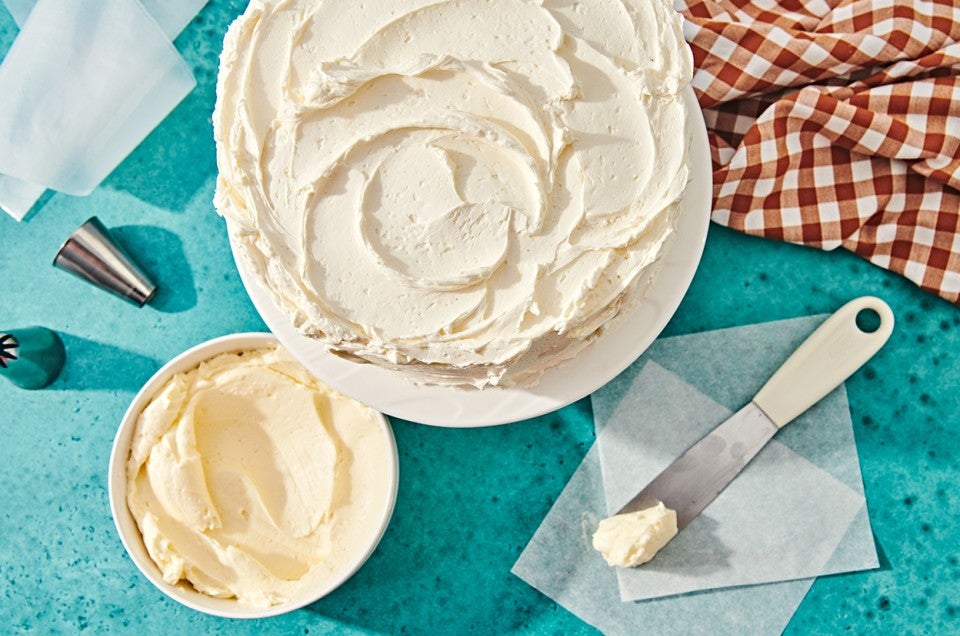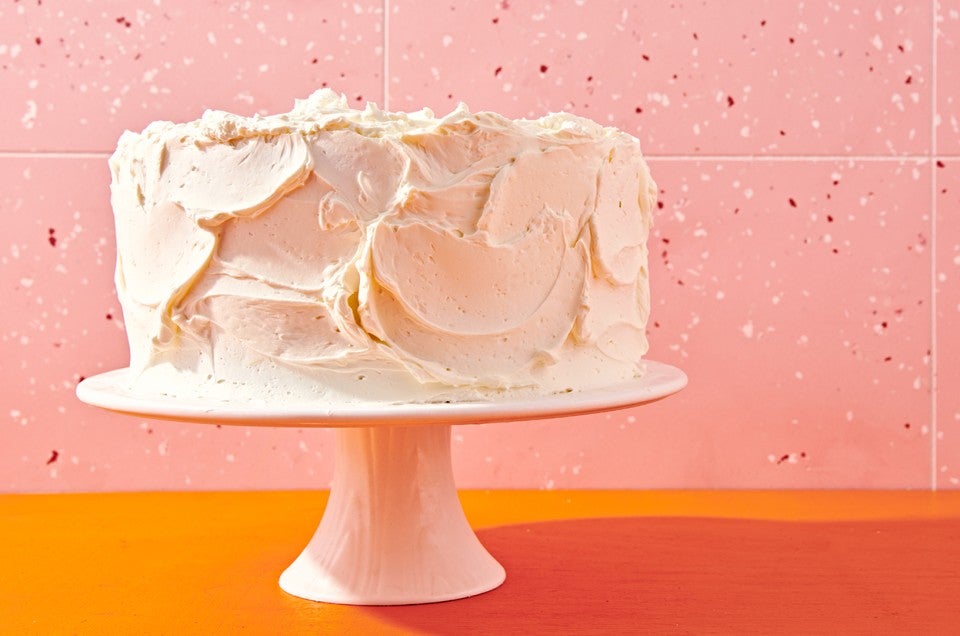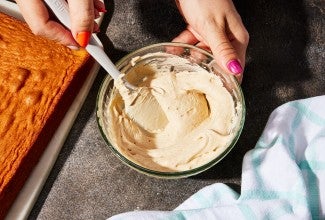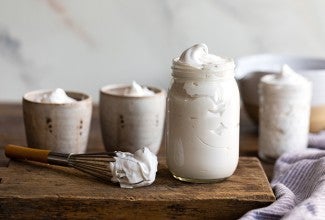Italian Buttercream
Italian buttercream is the frosting that you'll find on many wedding cakes. Its silky texture is unparalleled, it pipes like a dream, and can be flavored and colored in as many ways as you can imagine. While it takes a little time to make, this recipe makes a big batch — enough for two layer cakes — and it freezes quite well. It's great to have on hand for unexpected occasions.




















